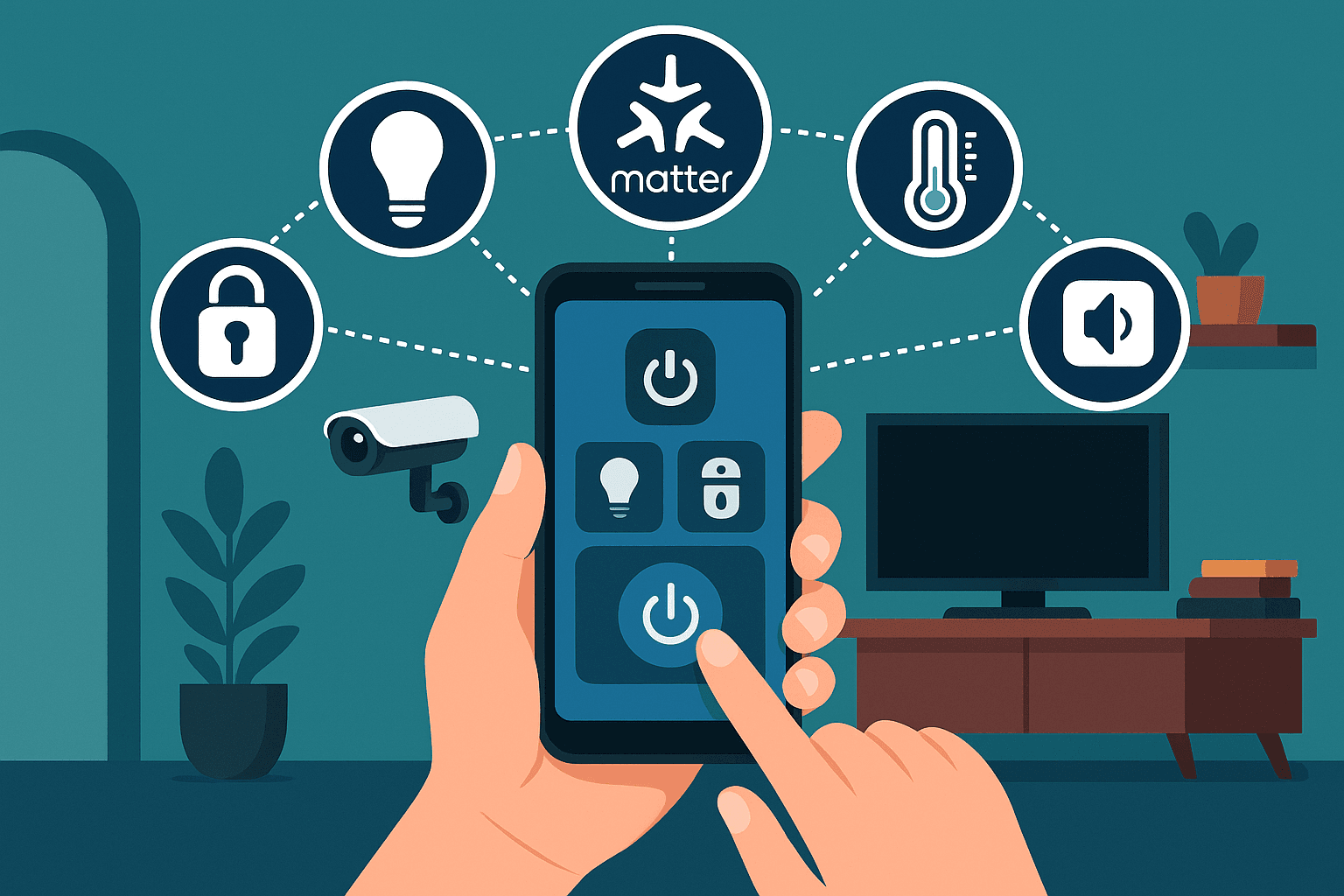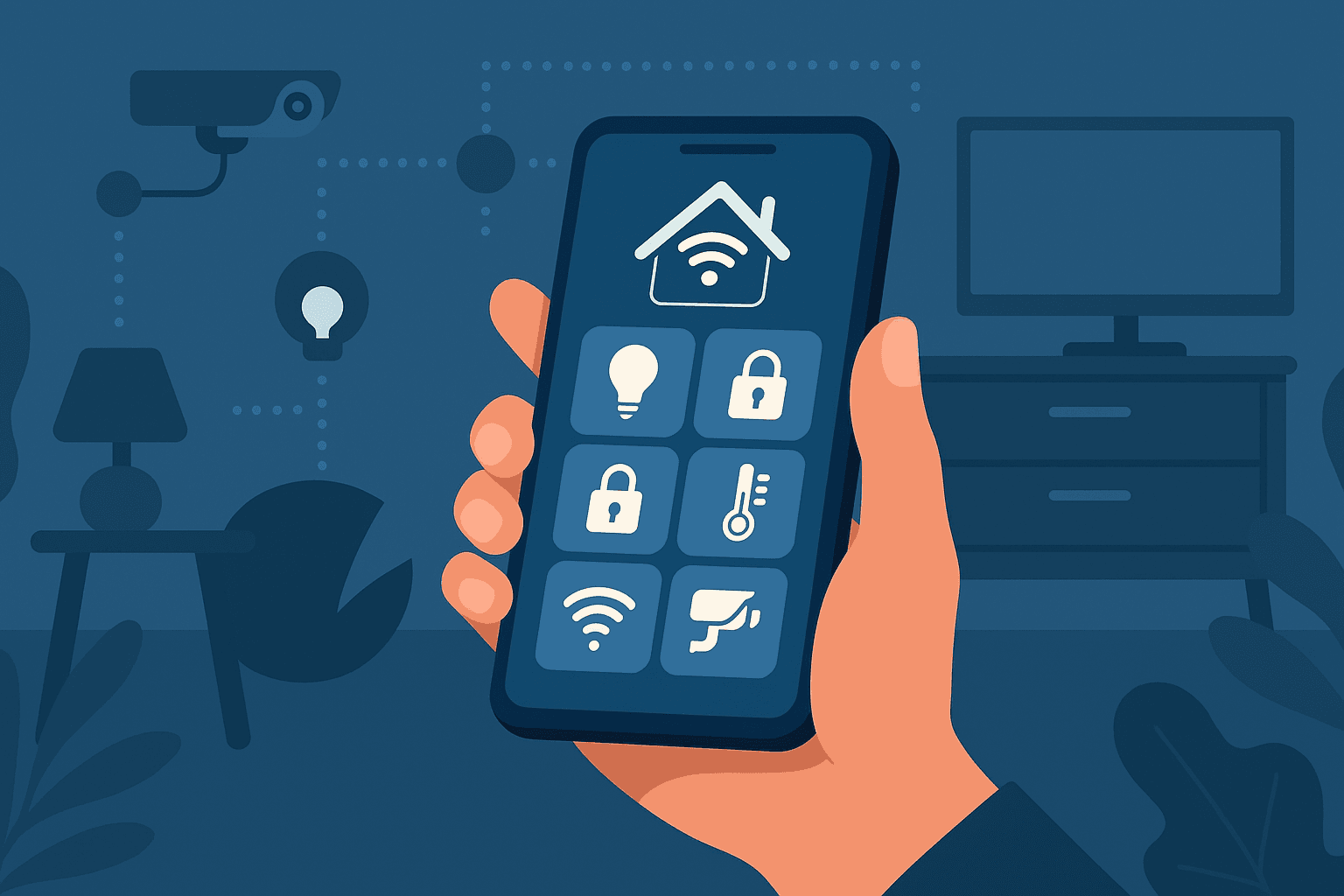
Robots at work: co-bots are taking dull tasks, not your job
Collaboration robots (“co-bots”) are showing up next to people on factory floors and in small warehouses. Their job: repeatable, tiring motions that humans dislike—box erecting, kitting, tray loading, or feeding parts into the next station. By taking over these monotonous steps, co-bots smooth bottlenecks and let teams redeploy attention to quality, troubleshooting, and continuous improvement.
Unlike older industrial arms, co-bots are lighter and easier to re-train. Many models ship with hand-guiding and no-code blocks, so a technician can teach a new routine in hours, not weeks. Quick changeovers matter in high-mix, low-volume environments: swap an end effector, load a new recipe, adjust waypoints, and the cell is back online before lunch. That agility turns small production runs from a headache into a viable margin.
 Safety features are part of the appeal. Force limits and sensors let people and robots share space with fewer cages and fences. Built-in torque sensing, vision, and speed/ separation monitoring allow the arm to slow or stop on contact. Instead of isolating robots behind barriers, co-located layouts free precious floor space and shorten travel paths between upstream and downstream tasks.
Safety features are part of the appeal. Force limits and sensors let people and robots share space with fewer cages and fences. Built-in torque sensing, vision, and speed/ separation monitoring allow the arm to slow or stop on contact. Instead of isolating robots behind barriers, co-located layouts free precious floor space and shorten travel paths between upstream and downstream tasks.
Early wins are simple: pick-and-place, packing, labeling, or machine tending. The goal is consistency, not ultimate speed. Co-bots excel at hitting the same cycle every time, which stabilizes takt and reduces rework. Add a small vision camera and they can handle modest variability in part orientation or bin presentation without custom fixtures.
Workers still handle exceptions. Humans step in when items don’t match, when quality checks fail, or when the plan changes midday. Teams also own higher-skill work—changeovers, preventive maintenance, root-cause analysis—while the robot grinds through the repetitive baseline. Upskilling operators into “co-bot wranglers” (basic programming, EOAT swaps, fault recovery) builds resilience and career paths.
ROI depends on uptime, not hype. Companies that track downtime, changeover time, and error rates see the clearest payoffs. The strongest cases measure first-pass yield, overtime reduction, and training hours saved after standardizing a cell. Leasing models and modular tooling lower the upfront risk; a pilot on one station often funds expansion to the next.
Most teams say co-bots expand capacity rather than cut staff. The dull work moves to the robot; the tricky work stays human. That shift unlocks steadier throughput, fewer micro-injuries, and less fatigue at the end of a shift. In practice, the best deployments start small, document gains, and iterate: one cell, one task, one clear metric at a time—until the line runs smoother, safer, and more predictably every day.
 Career & Business
Career & Business Ford sales surge 8.2% in Q3, led by trucks and EVs
**Ford’s (F)** US sales surged in the third quarter, led by its trucks and electrified vehicles. For...
 Career & Business
Career & Business Top Skills Employers Are Looking for in 2025 and How to Master Them
Posted on 2025-10-03
The job market is constantly evolving, and staying ahead means knowing which skills employers value ...